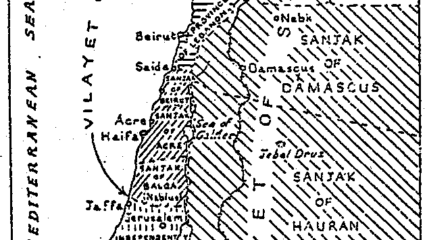December 5, 2024
This is an excellent historical review of the relationship, including discussion of the Israel-Hamas war (40 pages).
Since October 7, 2023, Israel has been at war with the Palestinian Sunni Islamist group Hamas (a U.S.-designated foreign terrorist organization, or FTO), which led attacks on that day from the Gaza Strip into Israel. The ongoing conflict and its expansion within the region — most notably between Israel and Lebanese Hezbollah (another FTO) and Israel and Iran directly — have had broad implications for U.S. policy in the Middle East.
Significant challenges for U.S. officials and lawmakers may include how to bolster Israel’s security from threats posed by Iran-supported actors near its borders, how to prevent the spread of conflict in the region, how to protect and care for civilians displaced or otherwise affected by the fighting, how to help Israel and Hamas reach a cease-fire agreement for Gaza that secures the return of hostages, and how to reconcile Palestinian desires for statehood and post-conflict recovery with Israeli security priorities and political objectives.
Over decades, Israel and the United States have forged close relations in many areas. A 10-year bilateral military aid memorandum of understanding commits the United States to provide Israel $3.3 billion in Foreign Military Financing and to spend $500 million annually on joint missile defense programs from FY2019 to FY2028, subject to congressional appropriations. As some U.S.-Israel tensions have surfaced over the Israel-Hamas war, some Members of Congress have increased scrutiny of Israel’s use of U.S. security assistance, contributing to debate on the subject. Action by the incoming Administration and Congress could significantly affect the U.S.-Israel relationship.
For more on the conflict, see CRS Report R47828, “Israel and Hamas Conflict In Brief: Overview, U.S. Policy, and Options for Congress,” by Jim Zanotti and Jeremy M. Sharp.
Read the Full Report in a Printable PDF







